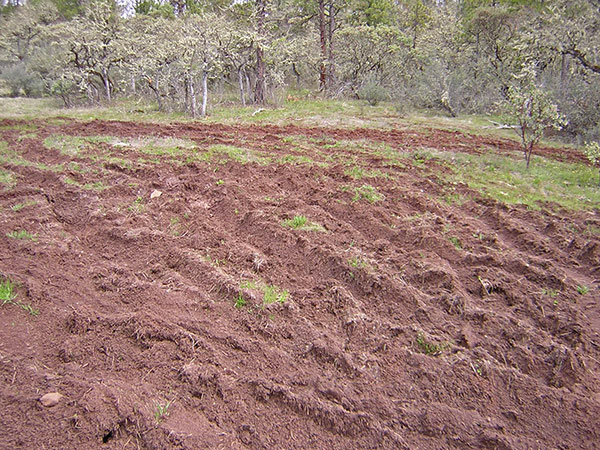Finally, it looks like a real effort to keep antelope bottlenecks west of Pinedale from closing-
Over the years, we have written about the Trapper’s Point pronghorn migration bottleneck a number of times. There has been growing awareness that the thousands-of-year-old antelope migration from the Wyoming high desert over the Gros Ventre each year, down into Jackson Hole could easily be severed by increasing development.
I had heard something was being done. This summer I visited Trappers Point, walked all around, took photos, but saw no changes to the situation had been made. Today the Jackson Hole News and Guide has some good news. There will be an expansive and expensive overpass built at Trappers Point and another at a dangerous highway crossing about 5 miles to the NW, north of Daniel Junction.
Of course, these overpasses will benefit other kinds of wildlife hit on the highways in this area of increasing traffic and development from the gas fields and subdivisions.
State to spend $9.7M to protect pronghorn: Plan would build fences, highway underpasses and overpasses in Sublette County (WY). By Cory Hatch, Jackson Hole News and Guide.









